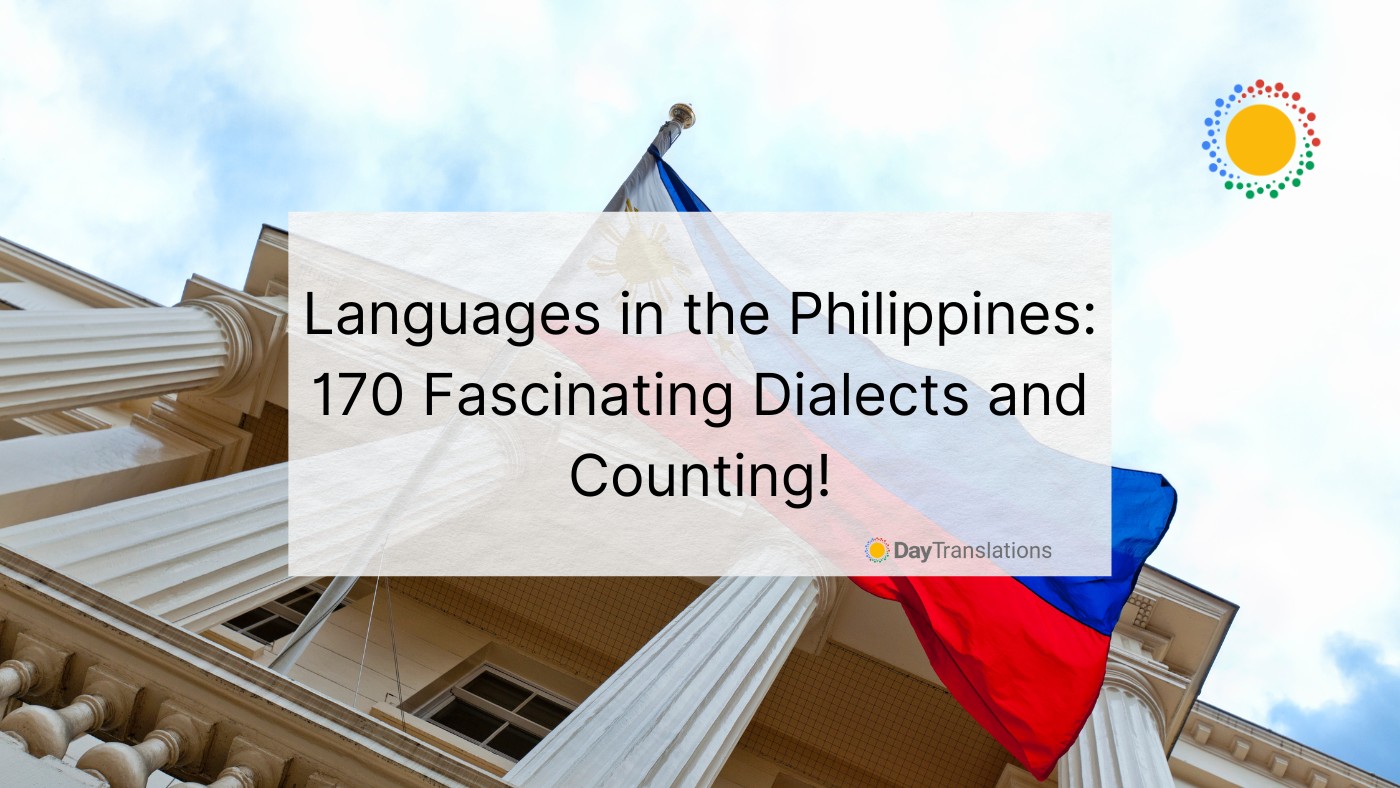For a very small country in Southeast Asia with over 85 million people, it is surprising to know that there are 120 to 175 languages in the Philippines! With much more than just one national language spoken in the Philippines, it’s easy to feel overwhelmed by the range of languages.
Understanding Languages in the Philippines
Though this is not as incredible as Papua New Guinea with over 800 languages spoken and only 5 million people, it is still interesting to note that most of the languages spoken in the Philippines have speakers that count by the thousands.
Did you know that it’s one of the most linguistically diverse countries in the world?
In some other countries, there are lots of languages spoken but only a handful of native language speakers are left. In the Philippines, most of these languages are very much alive and widely spoken.
There are around 120 to 175 languages spoken in the Philippines, depending on how they are classified. The national language is spoken, and the national language based on the current constitution are English and Filipino.
It’s interesting to note that 13 of the Filipino languages spoken in the Philippines have at least 1 million speakers! Some of these languages include Cebuano, Hiligayno, Ilokano, Kapampangan, Kinaray-a, and Waray Waray.
Most of the languages spoken in the Philippines actually have Malayo-Polynesian language roots. However, there are also some Filipinos who can speak regional languages derived from Spanish language, Arabic language, and Chinese language.
History of Languages in the Philippines
Throughout the 19th and 20th century, the lingua franca (national language) in the Philippines was the Spanish language as it has been under their colony. In fact, Filipinos were forced to abandon their regional languages.
They started using the Spanish language as means of communication, be it in the government or in schools.
When the country fell under the Americans, English became the national language spoken. It all but suppressed the existing native languages.
Textbooks used in schools were all translated into the English language and even in government transactions. The English language became widely used among other major immigrant languages.
A few years after the Philippines gained independence, Tagalog was declared its main language under the leadership of then President Manuel L. Quezon.
However, despite the fact that the Philippines has been through several colonizers, many places have retained the use of their native language as influenced by the Malayo-Polynesian family of languages.
The Official Language
The selection of Tagalog as the official national language in 1939 became somewhat controversial. This is because the Tagalog language was only widely spoken in the country’s capital. Down south, other major languages with more native speakers ruled over Tagalog. Because of this, the Filipino language took over Tagalog as the national language in 1973.
The English language became a national language alongside Spanish (the third most spoken language) under the presidency of Ferdinand Marcos. This was further enhanced in the development of the 1987 Constitution and the National Language Institute.
The term “Filipino” means that it is based on the existing language and other languages and encompassed all Philippine languages. And yes, this includes Tagalog.
This is why some words in Cebuanos and Ilokanos, for instance, count as official Filipino words.
How More than a Hundred Languages Survived
The Philippines and Philippine languages have gone through several colonizers. It has also changed its Constitution a few times, especially in regard to the use of official language.
Still, many major languages in the Philippines have mother-tongue speakers. Those highly influenced by Spanish settlers in Zamboanga still use Chavacano (derived from Spanish) as the lingua franca.
Several tribes in the Philippines like the Mangyan, T’boli, and Ivatan still use their indigenous languages and are not influenced by any other languages.
Those influenced by the Moslems in the southern part of the country still practice their rich language. These indigenous languages have withstood the test of time.
In fact, even if many conquerors tried to influence them, they held on to their roots. However, it is important to note that some can also speak Arabic beyond just liturgical use.
Trade and commerce in the past have also become the reason why there are still a lot of Filipinos who can speak foreign languages. These include Bahasa Melayu and Bahasa Indonesia, Chinese, and even Japanese.
Final Thoughts
It is indeed great to know that despite such diversity, the Philippines and its vast array of national language subsets still remain united. Its people also have a clear understanding of each other and the language spoken.
And this is something that makes the languages in the Philippines so fascinating!














Jean leal
Posted at 07:56h, 06 JuneHow many tribes or dialects in the Philippines?